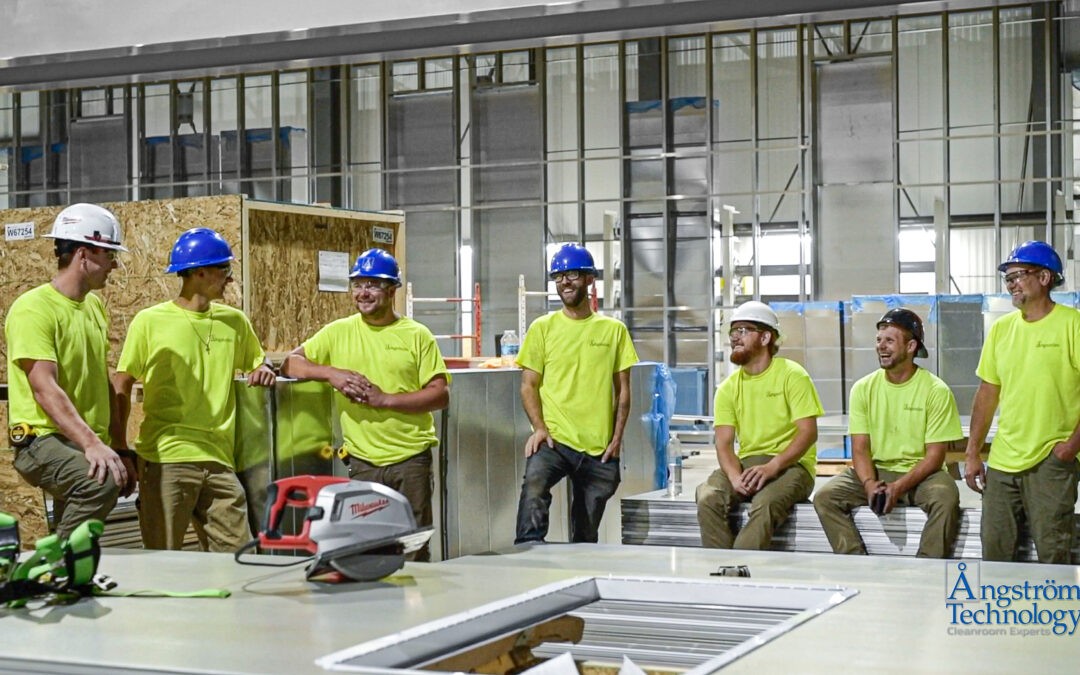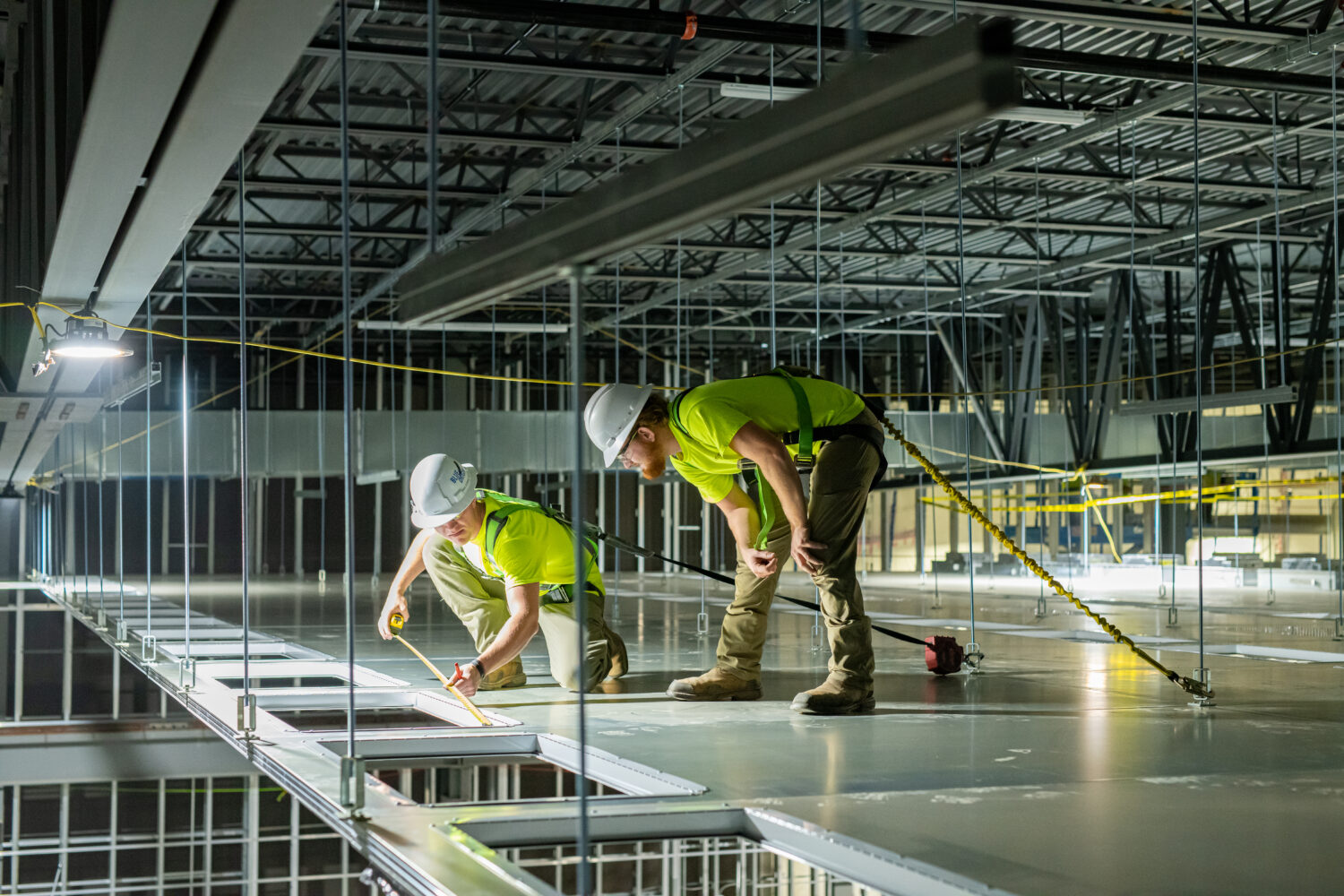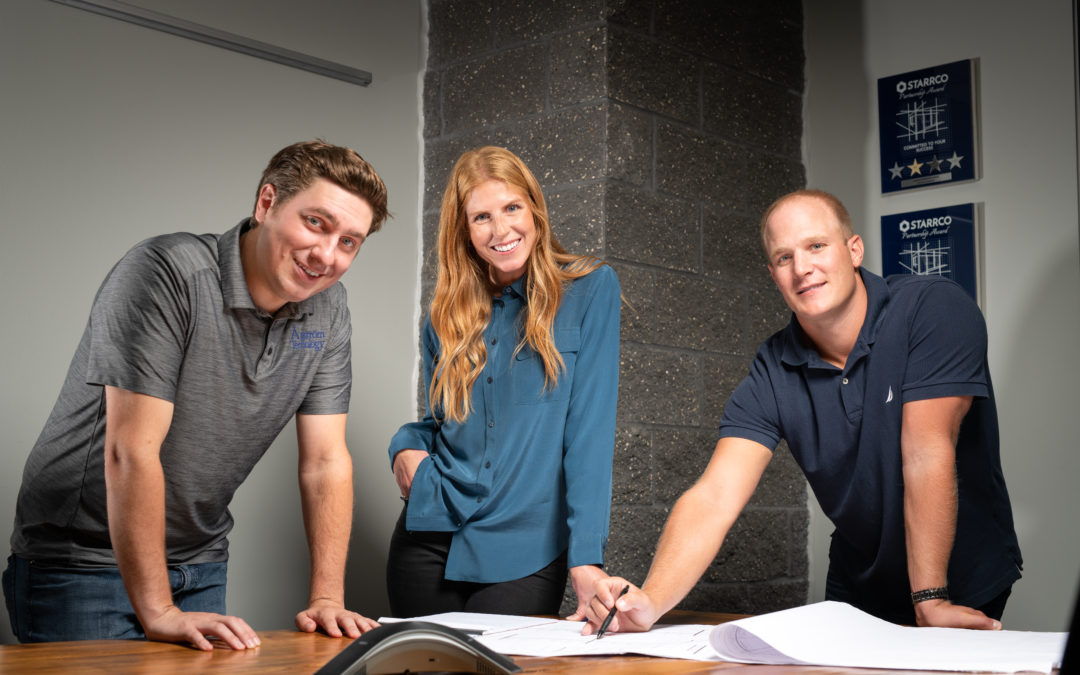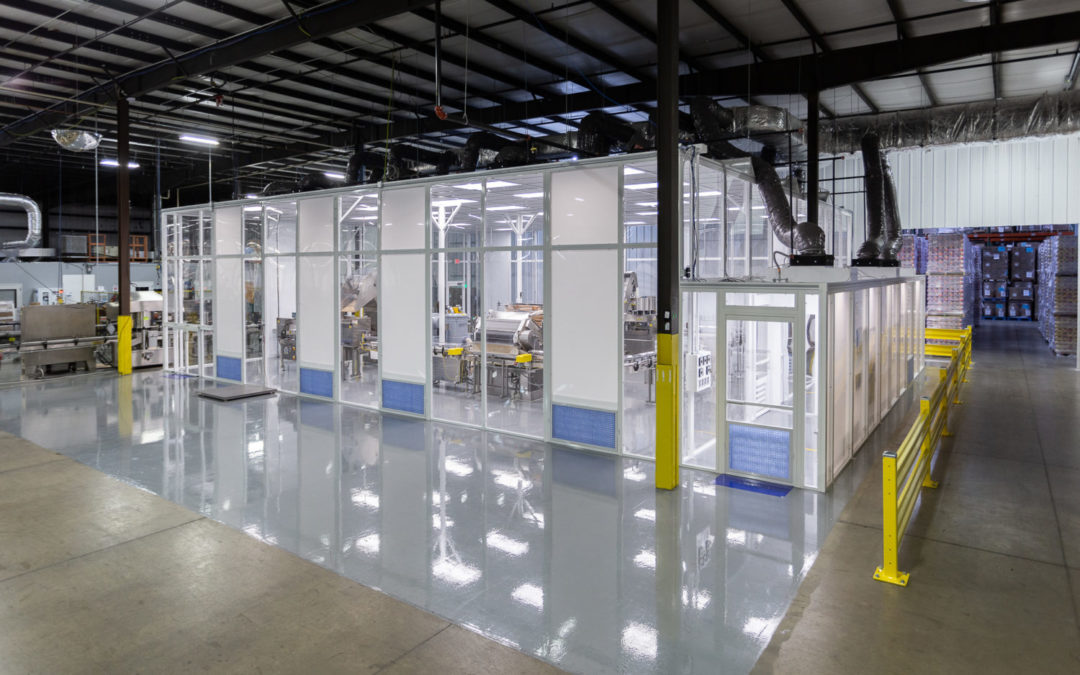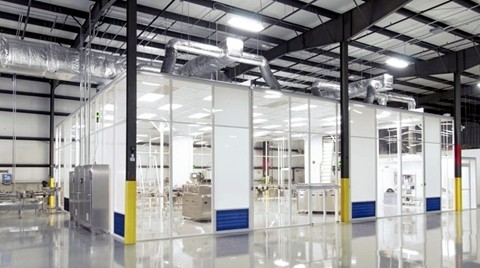The Value of Cleanrooms for Semiconductor Applications
What is the Role of Cleanrooms in Semiconductor Applications?
Semiconductors are essential to almost every electronic device we rely on in the modern world: computers, cell phones, vehicles, microwaves, washing machines, and so much more.
When there are shortages of semiconductors due to a lack of material or slow production, that delay is felt up the supply chain by every consumer buying a new phone, renting a vehicle, or purchasing appliances for their home–you name it.
Fortunately, the CHIPS and Science Act passed in August 2022 will help end those shortages. It has provided over $50 billion in funding for semiconductor manufacturing in the States.
However, funding is only one factor that will help get new cars back on sales lots. Semiconductor chip manufacturers must have expertly designed, highly controlled cleanrooms for safe and efficient production.
What are Semiconductor Cleanrooms?
A cleanroom is an enclosed space where contaminant airborne particles are filtered out, and other environmental conditions are controlled to ensure the cleanest work area possible. In semiconductor manufacturing and assembly, cleanrooms provide the best environment for productive, efficient, and safe work.
Semiconductor manufacturing is an incredibly intricate process. The materials involved are highly susceptible to damage from environmental factors like:
- Airborne particles (even the smallest speck of dust can be detrimental)
- Static
- Temperature
- Humidity
- Air pressure
- Equipment outgassing
Semiconductor manufacturing is a cleanroom application that requires one of the highest levels of environmental control. In most cases, semiconductor cleanrooms must comply with ISO Class 4-6 requirements. The packaging, assembly, and testing of circuits or chips can be performed in ISO class 7 or ISO class 8 cleanrooms.
The Role of Cleanrooms for Semiconductor Manufacturing
A cleanroom is the only space a semiconductor can be safely handled before it’s installed in its intended device. If exposed to any threats listed above, semiconductor materials will be ruined, and you’ll suffer the consequences of product failures and production downtime.
Here’s how cleanrooms play a critical role in semiconductor applications to ensure high-quality manufacturing and production:
Reliable Control
Cleanrooms are designed to establish strict environmental control and maintain efficiency at all times. With powerful filtration and HVAC systems working to replace contaminated air with clean, treated, and virtually particle-free air, you can trust the environment to remain stable while employees complete their sensitive work.
All materials used in cleanroom construction are specifically sourced to be non-particle shedding and non-outgassing. They’re chosen for durability and performance in any condition. They won’t degrade or corrode due to cleaning, impact, or regular use.
Consistent Product Quality
Silicon wafers are highly vulnerable; even a single dust particle can corrupt an entire chip or device. With cleanrooms, you can rely on steady temperature, relative humidity, and air quality levels, so product quality remains constant or even increases.
Repeatable Results
A repeatable environment, as offered by cleanrooms, produces a better yield of high-quality products. Scaling production is a matter of replicating the conditions required to produce top-of-the-line semiconductors.
Safer Working Conditions
A cleanroom and its classification standards protect the products being manufactured from failure due to contamination. They also create a safer environment for workers to perform tasks in semiconductor cleanrooms, which can involve handling toxic materials and highly sensitive processes.
Cost Savings
Ultimately, fewer product failures and consistent quality pay off. Your company can benefit from significant savings by reducing the risk of losses and injury. Semiconductor cleanrooms are not cheap to implement and operate, but they can secure profitability in ways you can’t replicate with other control methods. A high-quality cleanroom can streamline semiconductor manufacturing.
Get Expert Help Designing the Perfect Semiconductor Cleanroom
Contact Angstrom Technology’s cleanroom experts to learn more about semiconductor cleanrooms and how to design one that meets your specific needs.
With decades of experience, we design, build, and install cleanrooms tailored to a wide variety of industries and classification standards. From concept to completion, our turnkey solutions ensure your cleanroom meets the highest performance standards.
Ready to bring your project to life? Get a free quote today and take the first step toward building a state-of-the-art cleanroom for your semiconductor manufacturing needs.


